
| Kleptoparasitic interactions among animals |
| Hymenoptera: Chrysididae |
|
The Chrysididae are known by various common names, such as jewel wasps, emerald wasps, or ruby wasps; all these names refer to their jewel-like colors, which may easily outdo those of various gems. They also have an alternative name, namely cuckoo wasps, which refers to their kleptoparasitic habits. They lay one (or sometimes a few) egg(s) in the nest of their host. The hatched larva of some species waits with commencing its own development till the host larva's development is almost completed; the chrysid larva then feeds on the host larva. These species are thus ectoparasitoids. Alternatively, the hatched chrysid larva kills the egg or young larva of the host and then feeds on the prey that was provisioned by the host. Species with this strategy are kleptoparasites, although one could also say they are first parasitoids and after having killed the host larva become kleptoparasites. Chrisids are kleptoparasits of solitary wasps but bees have also been recorded as hosts. If a chrysid parasitizes on bees, it seems likely that it will be a parasitoid, since pollen are a completely different resource than the various insects that solitary wasps provide their larva with. The photos below show a selection of kleptoparasitic chrysids with some of their (possible) hosts. |
|
Chrysid |
Hosts |
|||
| Chrysis bicolor | Tachysphex nitidus | T. pompiliformis | ||
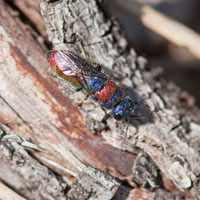
|
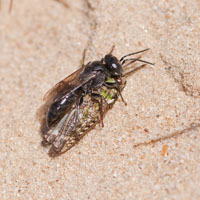
|
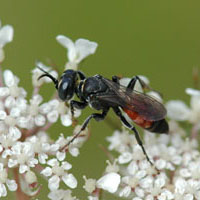
|
||
|
Bentveld, the Netherlands; 2 June 2011. |
Bentveld, the Netherlands; 26 May 2012. |
Amstelveen, the Netherlands; 30 June 2007. |
||
|
Chrysis ignita s.l. |
Ancistrocerus spec. |
Symmorphus cf. bifasciatus |
||
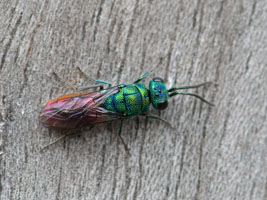
|
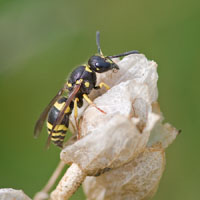
|
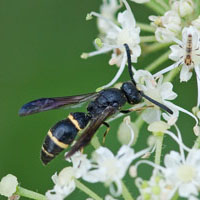
|
||
|
Amstelveen, the Netherlands; 28 May 2011. |
Amstelveen, the Netherlands; 9 August 2009. |
Amstelveen, the Netherlands; 4 September 2010. |
||
| Chrysis scutellaris | Eumenes spec. | |||
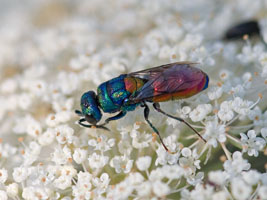
|
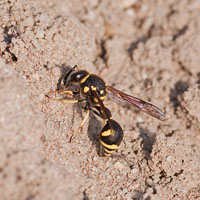
|
|||
| Miers (Lot), France; 30 July 2012. |
Blaricum, the Netherlands; 14 August 2010. |
|||
|
Hedychrium ardens |
Oxybelus bipunctatus |
Tachysphex pompiliformis |
||
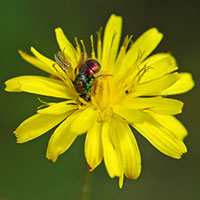
|
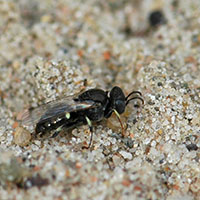
|

|
||
|
Amstelveen, the Netherlands; 7 July 2007. |
Amstelveen, the Netherlands; 9 August 2009. |
Amstelveen, the Netherlands; 4 September 2010. |
||
| Hedychrum nobile | Cerceris arenaria | |||
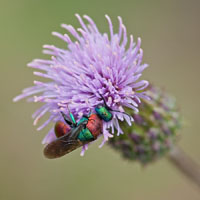
|
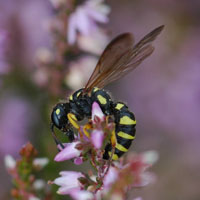
|
|||
|
Amstelveen, the Netherlands; 7 July 2007. |
Drents-Friese Woud, the Netherlands; 1 August 2009. |
|||
| Hedychrum rutilans | Philanthus triangulus | |||
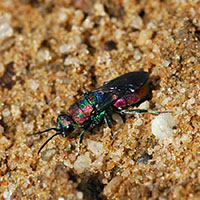
|
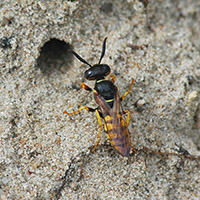
|
|||
|
Blaricum, the Netherlands; 9 July 2007. |
Amstelveen, the Netherlands; 15 June 2007. |
|||
| Holopyga cf. chrysonota | Tachysphex nitidus | |||
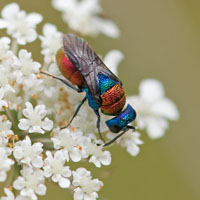
|

|
|||
|
Padirac (Lot), France; 28 July 2012. |
A'damse Waterleidingduinen, the Netherlands; 26 May 2012. |
|||
| Holopyga generosa | Astata boops | |||
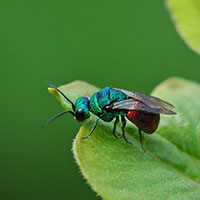
|
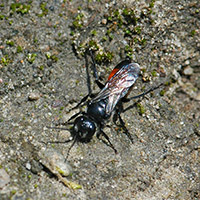
|
|||
|
Wellerlooi, the Netherlands; 9 June 2007. |
Amstelveen, the Netherlands; 19 June 2007. |
|||
| Parnopes grandior | Bembix olivacea | Bembix oculata | ||
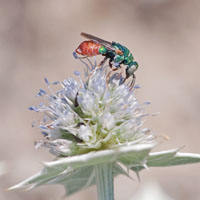
|
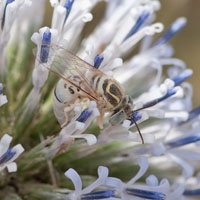
|
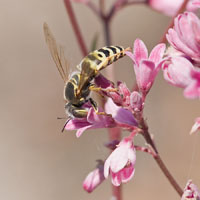
|
||
|
Göksü delta (Mersin), Turkey; 16 June 2011. |
Asmadere (Batman), Turkey; 14 June 2010. |
Karadere (Muğla), Turkey; 11 June 2009. |
||
| Trichrysis cyanea | Trypoxylon spec. | |||
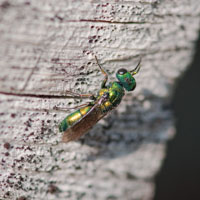
|
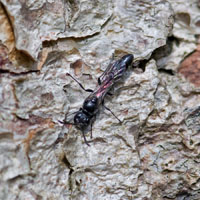
|
|||
|
Amstelveen, the Netherlands; 11 July 2010. |
Amstelveen, the Netherlands; 22 May 2009. |
|||